Langaha madagascariensis: the only endemic venomous snake from Madagascar.
Madagascar is known for its extraordinary fauna, and reptiles (snakes, lizards and chameleons) are no exception to the rule.
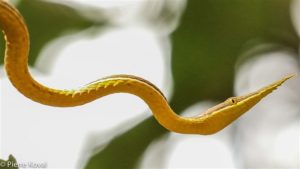
Among the most feared animals on earth, snakes are often the most feared, good news for our ophiphobic readers:
In Madagascar there are no snakes that are dangerous to humans.
Four families are represented on the island which in turn are divided into more than 80 species, from the Boas to the lesser known Typhlopidae and Xenotyphlopidae (small worm-like underground snakes).
In 2010, 12 still unknown snake species were found in the Makay recorded, further expanding their range.
223 years after the first researches on the genus Langaha madagascariensis the Department of Ecology and Evolutionary Biology at Cornell University, New York, has resumed the current study.
The from Jessica Tingle conducted research evaluates the behavioral ecology of this species in its environment.
The study confirmed that Langaha madagascariensis is an endemic species of the Big Island. Although it was first described in 1790, there is little literature on the ecology or behavior of the species.
The objective of this study is to obtain information on the natural history of the snake by observing free-living specimens.
The study found in the rapidly disappearing forest along the Coast in the south of Madagascar held. Observations from this study will help to elucidate the feeding and feeding and movement behavior of Langaha Madagascariensis.
The well-known Swiss venomous snake specialist Jean Garzoni (Founder of the Vivarium in Lausanne and world-renowned herpetologist and venomous snake specialist) had made an expedition with his team from Lausanne to Madagascar about ten years ago, there I also personally had the honor to meet several times with him and the
In terms of foraging behavior, Langaha M. was found to be largely specialized in an immobile and waiting hunt, although it has been observed to actively pursue prey on some occasions.
These observations help shed light on a little-studied snake that is subject to high habitat loss.
It should be remembered that this species is endemic to Madagascar. It is a species of snake from the Lamprophiidae family.
Leaf-nosed snakes live in very diverse biotopes, both in the Rainforests up to the Dry forests in the west, while on the highlands they are absent.
Because they are extremely well camouflaged the population is difficult to detect and therefore the endangerment classification is not possible.

At dusk the Langaha start to hunt but even then their behavior is immobile, they wait until the prey is within reach and only then attack with lightning speed.
These snakes feed almost exclusively on frogs, small iguanas, lizards and other reptiles with the main diet apparently being lizards.
Leaf-nosed snakes do have venomous fangs, so they are the only venomous snake species on Madagascar, but these are located at the very back of the throat and they cannot reach any part of a human body, furthermore these snakes are absolutely non-aggressive and therefore can be touched without any problems.
The venom would also be at worst as annoying to humans as a wasp sting but by no means dangerous.
Mating takes place at the beginning of the rainy season, the female lays up to 10 soft-shelled small eggs in the moist foliage.
The young Langaha snakes hatch out about 2 months later. These snakes apparently hatch only at night, the thin "beak" is bent upwards and then takes its final shape in the next few hours.
From the time of egg laying, the adult snakes do not care about the eggs or the hatched young, they are completely autonomous after hatching.
The tiny Leaf-nosed snakes weigh only about 2 grams and are therefore protected from other snakes or prey only by their perfect camouflage.
Juveniles are either tightly pressed against branches of the same color or sometimes mimic fruits of trees by assuming the same vertical position as the pods of the trees.
Observations of the Langaha Madagascariensis are Ankarafantsika, Lokobe, Kirindy, Zombitse Vohibasia as well as in Ankanin'ny Nofy possible but they are difficult to find even by very good guides. In captivity they can be found in the Pereiras Reserve on the route to Andasibe and in the Crocodile farm observe in Antananarivo.

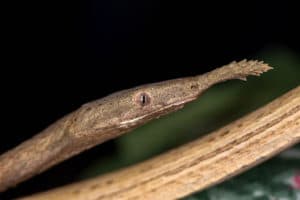


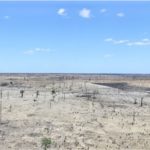

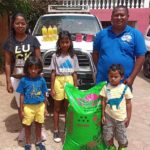
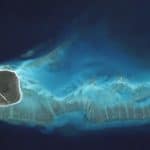
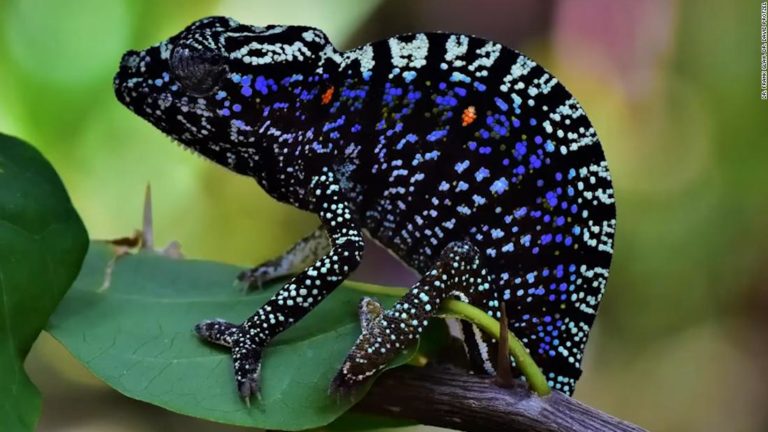
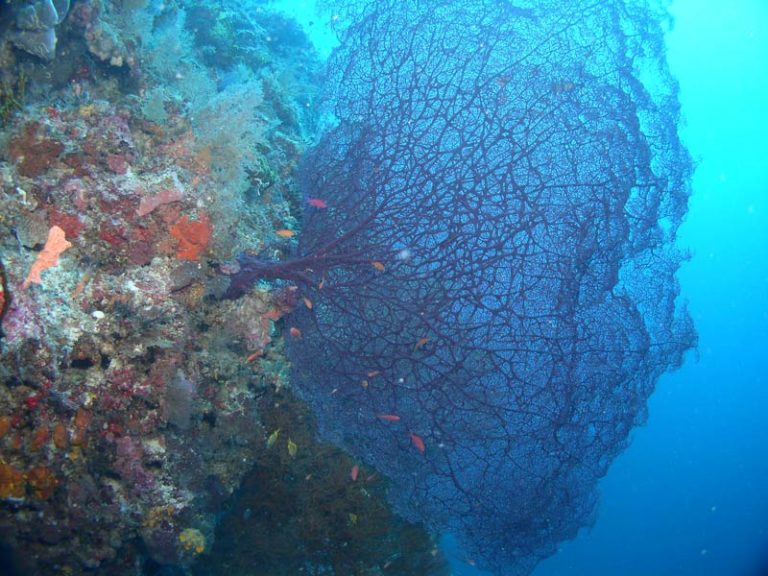
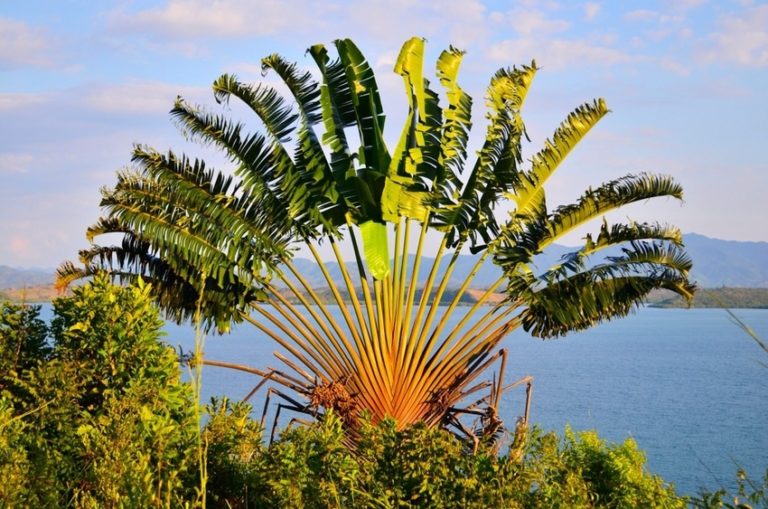
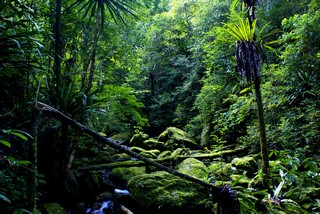
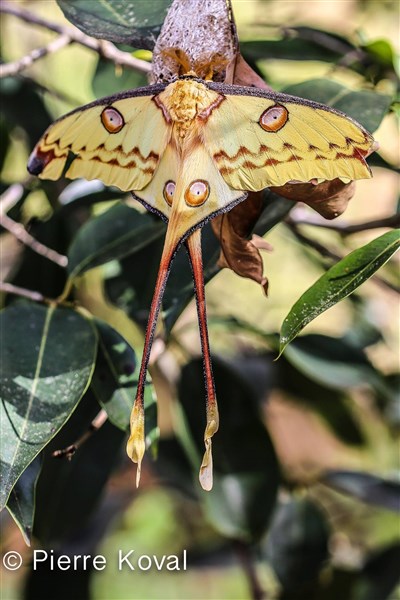
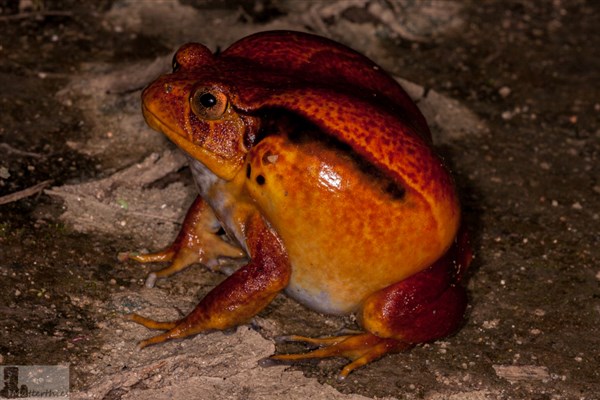




 Villa Sibylle Antananarivo (Madagascar)
Villa Sibylle Antananarivo (Madagascar)

